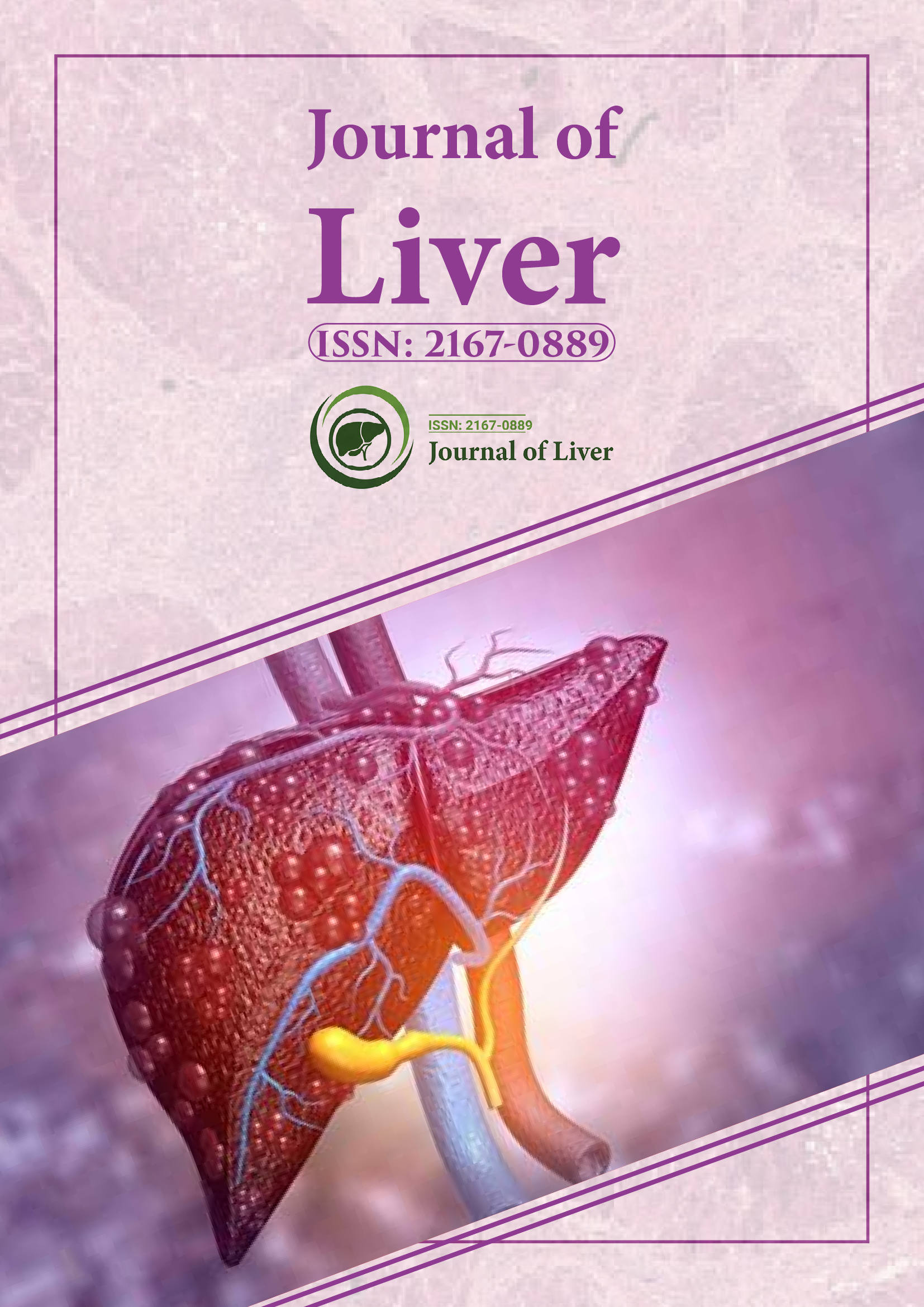Indexed In
- Open J Gate
- Genamics JournalSeek
- Academic Keys
- RefSeek
- Hamdard University
- EBSCO A-Z
- OCLC- WorldCat
- Publons
- Geneva Foundation for Medical Education and Research
- Google Scholar
Useful Links
Share This Page
Journal Flyer

Open Access Journals
- Agri and Aquaculture
- Biochemistry
- Bioinformatics & Systems Biology
- Business & Management
- Chemistry
- Clinical Sciences
- Engineering
- Food & Nutrition
- General Science
- Genetics & Molecular Biology
- Immunology & Microbiology
- Medical Sciences
- Neuroscience & Psychology
- Nursing & Health Care
- Pharmaceutical Sciences
Abstract
A Study of Plasma D-Dimer Levels in Various Stages of Liver Disease
Dhanunjaya Y, Usha Anand and Anand CV
Aim: Defects in the process of coagulation and fibrinolysis is a common feature of various types of liver disease. The present study sought to evaluate the utility of D Dimer, a stable product of fibrinolysis in assessing this aspect of liver function. In the present study we estimated the D-Dimer levels to determine the status of coagulation defect and bleeding tendency.
Materials and methods: Ninety-nine patients with chronic liver disease were classified into groups A, B and C based upon the Child-Pugh scores. This score was calculated based upon values of serum bilirubin, serum albumin, internationalized normal ratio (INR), as well the severity of ascitis and hepatic encephalopathy. Plasma D-Dimer was estimated using an immuno-turbidimetry. The results were analyzed using the student’s ‘t’ test as well as ANOVA.
Results: The plasma D-Dimer levels were found to be increased significantly with severity of liver disease (p<0.005). Prothrombin time and INR increased significantly while fibrinogen decreased significantly from A to C groups (p<0.05).
Conclusion: Apart from coagulation defects, increased fibrinolytic activity could be one of the important factors responsible for the bleeding tendency in liver disease. D- Dimer can therefore be looked upon as an important parameter for the assessment of fibrinolytic status in chronic liver disease. It should be used in conjunction with the parameters of coagulation in order to assess the bleeding tendency in these patients.
